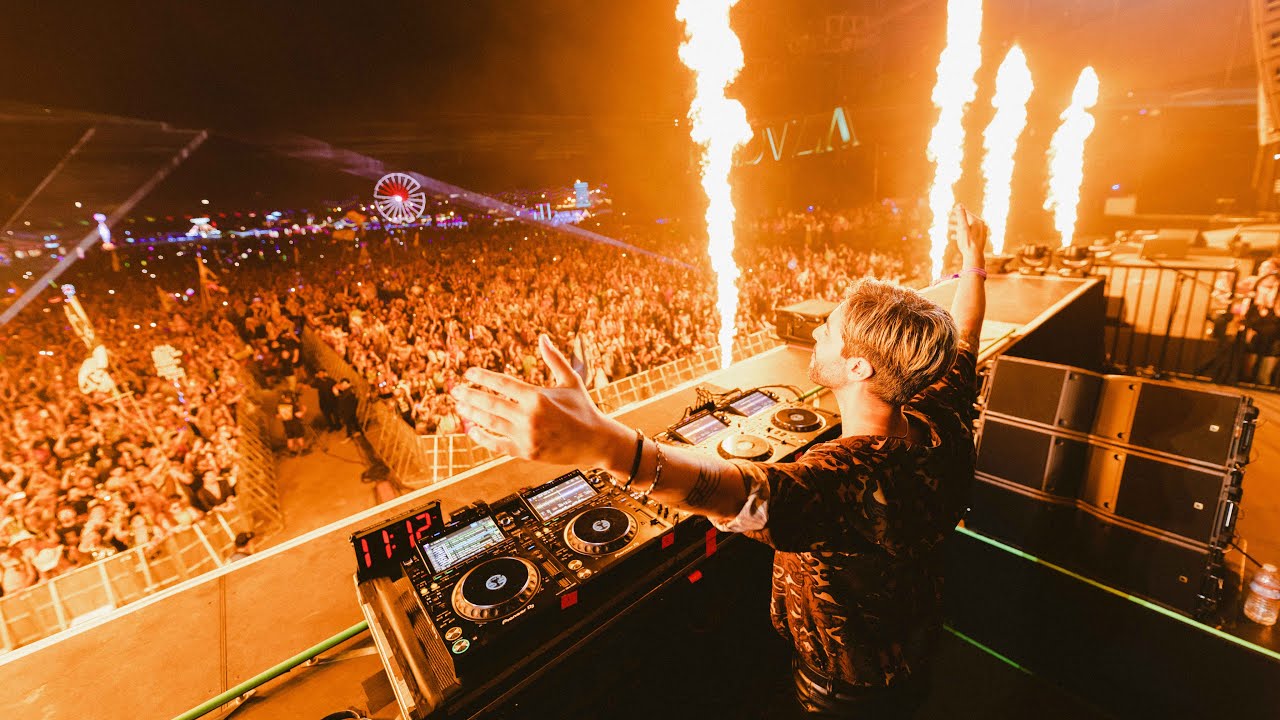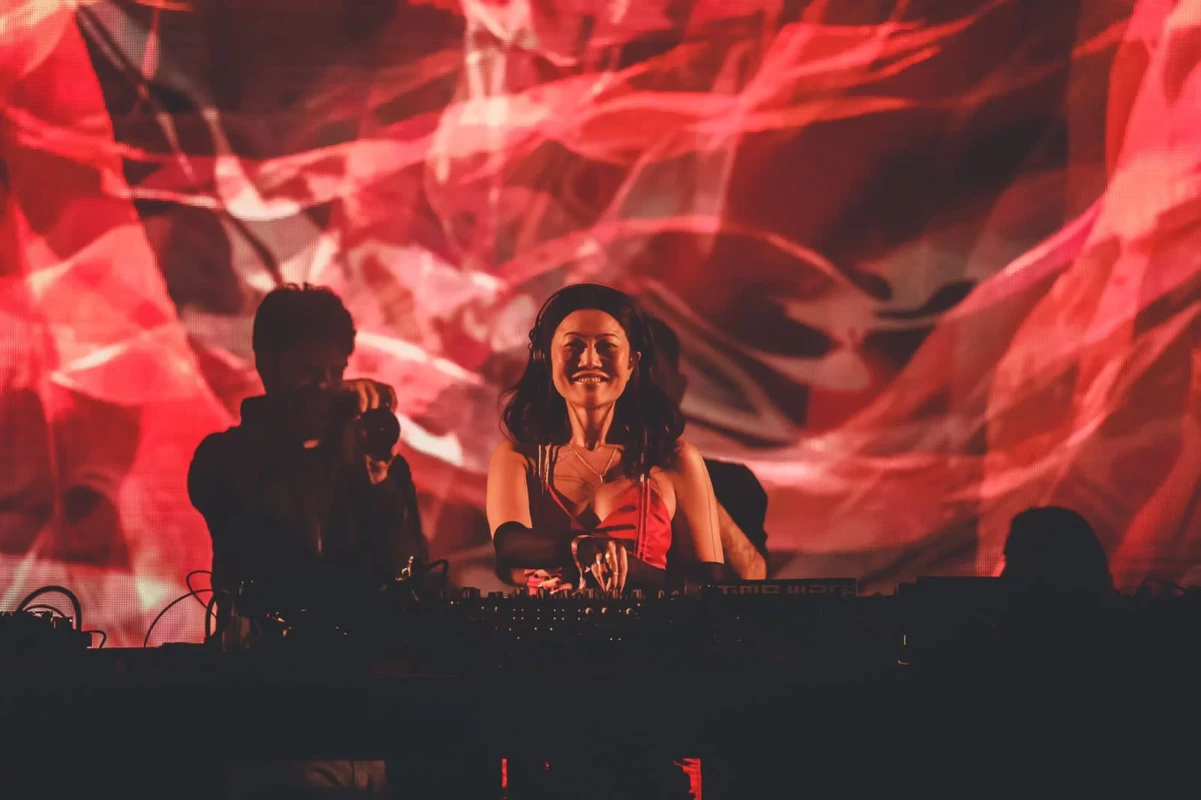The term “fast” can be used in two different contexts. In one context, the term “fast” can mean uncontrollable or extremely fast tempo or beat. In another context, the term “fast” can mean relative quickly, such as during an electronic dance mix, song, or other type of edit. This second usage is the more common in comparison to the first.
A lot of people who listen to electronic music, particularly the kind they call “fast” often wonder why the beat is so fast. After all, isn’t it supposed to be loose and flowing? It’s not uncommon for a DJ to crank up the beat to keep things moving. However, there are several underlying reasons why a DJ may turn up the beat to generate a faster tempo for a song. There is no right or wrong way to do this, but there are some pros and cons of the approach.
One advantage of using the fast beat is that it brings out the excitement in a song. When the tempo is fast, the listener’s excitement increases because there’s more to excite them. For instance, when hip-hop artists are asked what they think about the music, many will say it’s “intense.” In contrast, if you listen to country music, chances are you’ll hear it as slow or flat. Both have their positive and negative points, but depending on the type of music being played, the fast tempo helps make a song exciting.
Another advantage to using a fast electronic dance beat is that it creates a sense of urgency. A fast beat speeds things up because the listener’s pulse is quickened. This can be a great way to get your listener’s attention as they’re waiting for the next sound.
There are some disadvantages to using the fast beat though. Because the beat is faster, the music may become boring over time. If the beat is consistently fast, then it becomes difficult for the listener to keep track of the rhythm. The listener can easily get distracted and lose focus. Some may find that it’s hard to stay on beat during fast electronic dance music because the beats keep changing. When it changes, it can make it difficult to stay in the same place.
Many find it difficult to listen to fast electronic dance music because they have a hard time staying focused. This is one reason why many choose slower music to listen to. It allows them to better maintain tempo and not lose their attention. Slow songs can also have a relaxing effect on the listener.
Some see using fast beats as a way of “rushing” the music. They feel like the dancer is trying too hard and it wears down their rhythm. The good news is that this doesn’t always have to be the case. Some slow songs work well with fast beats, because the listener is able to maintain their tempo. There are even some artists that mix both fast and slow electronic dance music.
Most will agree that fast electronic dance music is great. Some however, prefer slower, relaxing songs. This is fine as long as they are able to adjust to them better. If you have never listened to fast electronic dance music, you may want to do that some time to get used to it.
There are a lot of different styles of electronic dance music out there. You will find plenty of new ones being created every day. You may be a fan of something from the past or maybe you are a fan of the newest, hip hop style. Whatever your preferences, you will be able to find tracks that are perfect for what you want to hear. These songs will usually be recorded in high definition.
No matter how you like to dance, fast electronic dance music will please you. Not everyone will enjoy it as much as you will. Some people just don’t respond well to fast music. Others respond very well. If it doesn’t bother you then you should get used to it and move on. If you have never experienced it before, then take your time to listen to a few songs.
In time, you will become accustomed to fast electronic dance music and you will enjoy it. You may even look forward to it. That is what really matters. You should try to find the songs that you enjoy listening to the most.


